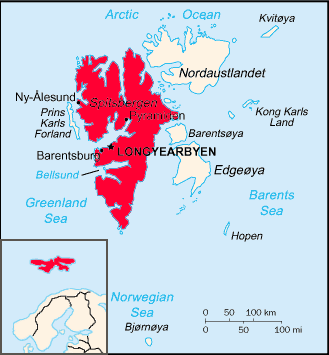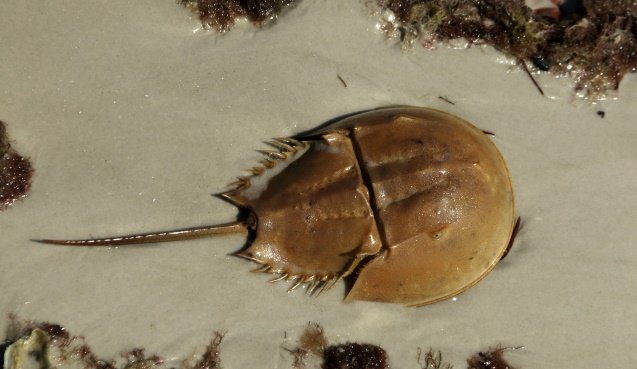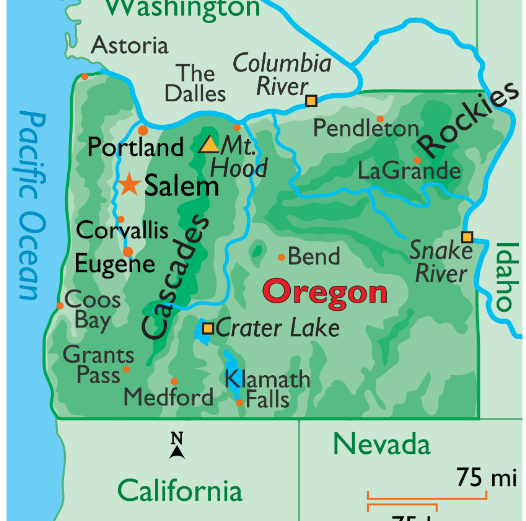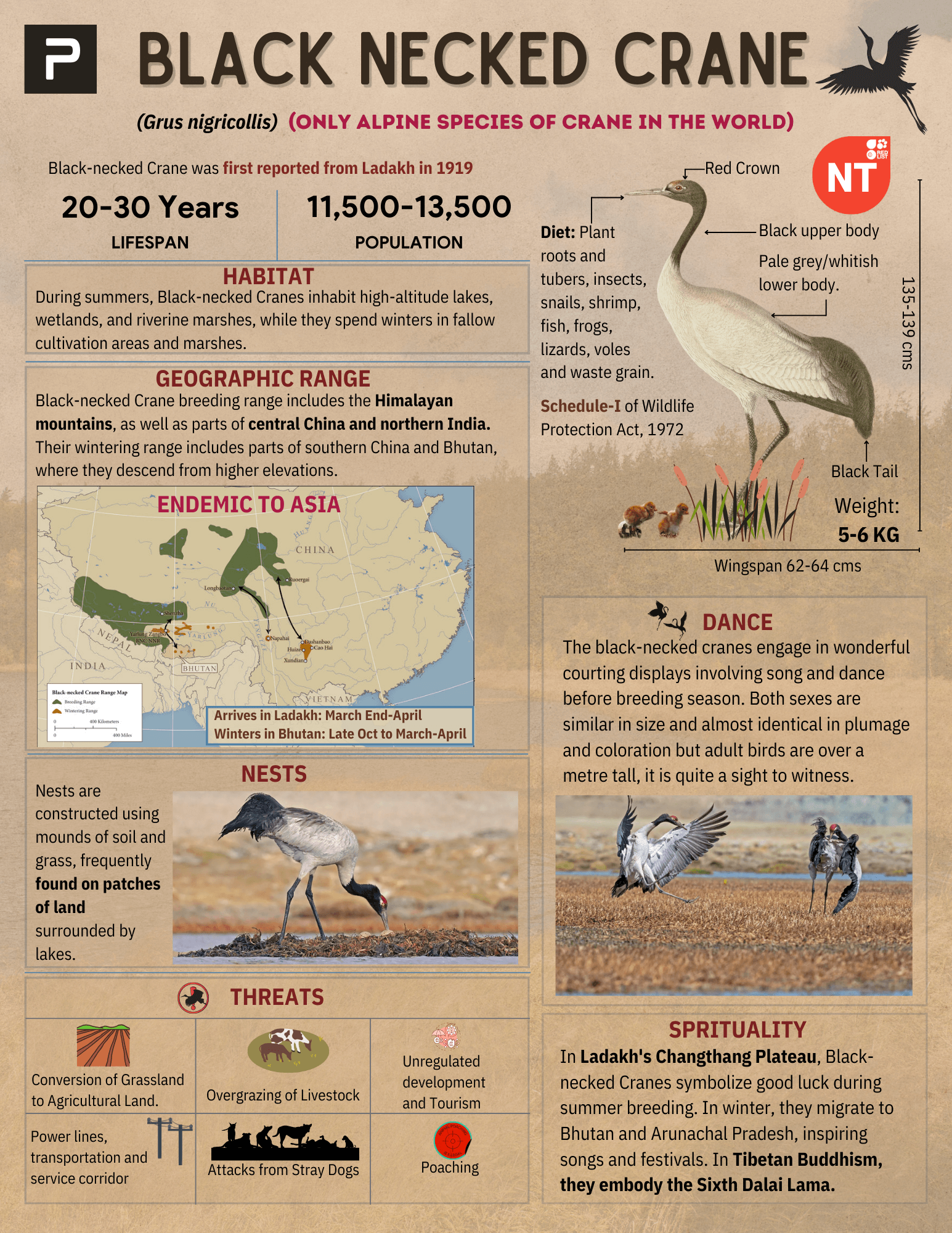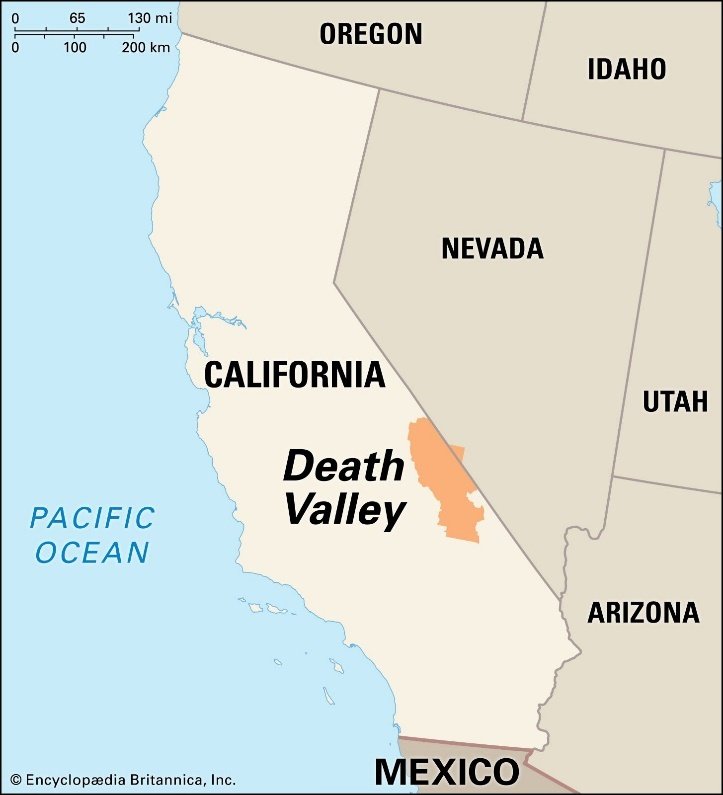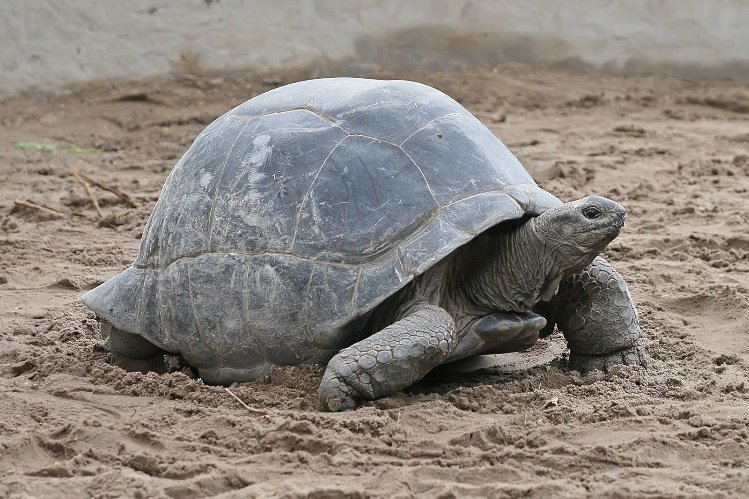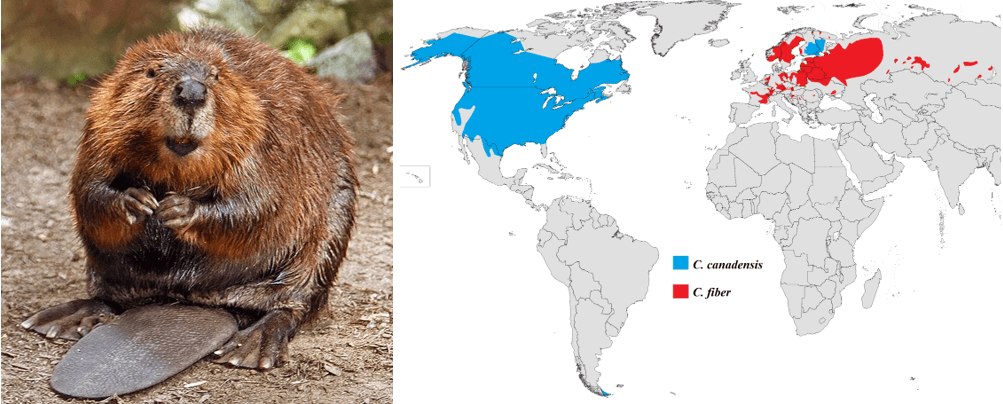
Walrus (Odobenus rosmarus)
Subscribe to Never Miss an Important Update! Assured Discounts on New Products!
Must Join PMF IAS Telegram Channel & PMF IAS History Telegram Channel
- Context (WION): The first case of a walrus dying from bird flu was recorded on an Arctic island.
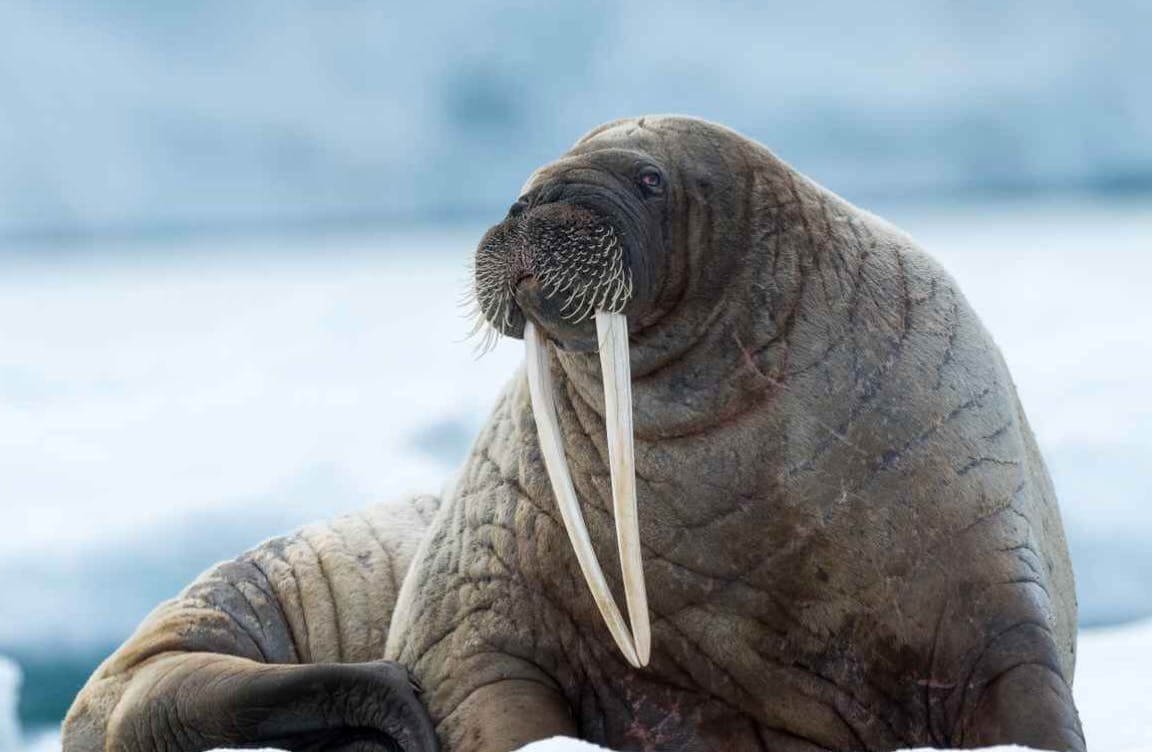
- Walruses are the largest pinnipeds (includes the seals and sea lions) marine mammals found in the Arctic and subarctic seas of the Northern Hemisphere.
- Habitat: Walruses inhabit areas in the Arctic that are largely made up of ice. Walruses prefer areas with shallow water so they can easily access food.
- Range: There are two subspecies of Walrus: Atlantic and Pacific Walrus. The Atlantic walrus lives in the seasonally ice-covered northern waters of Canada, Greenland, Norway and Russia. In contrast, the Pacific walrus occupies from the Bering to the Chukchi Seas, as well as the Laptev Sea.
- The walrus has a tusk on each side of its mouth, which it uses to haul itself out of the water and onto the sea ice, fight with other walruses, and defend against predators.
- Walruses have thick skin that ranges from light grey to yellowish brown. A thick layer of fat below the skin, called blubber, keeps the walrus warm.
- Diet: They feed mainly on invertebrates such as clams and snails found on the bottom of the relatively shallow seas.
- Conservation Status: IUCN: Vulnerable.
- Threats: Hunting for oil, ivory and hides, climate change.
- Significance: It is a keystone species in Arctic marine ecosystems.





![PMF IAS Environment for UPSC 2022-23 [paperback] PMF IAS [Nov 30, 2021]…](https://pmfias.b-cdn.net/wp-content/uploads/2024/04/pmfiasenvironmentforupsc2022-23paperbackpmfiasnov302021.jpg)
